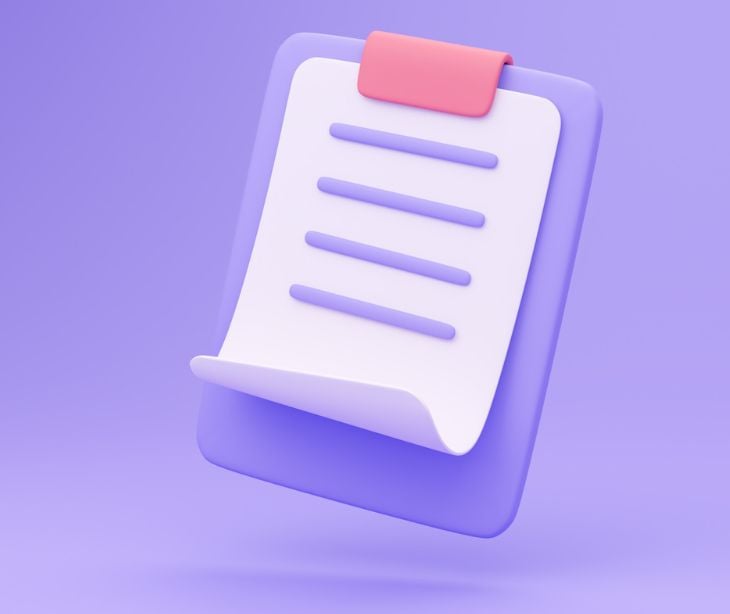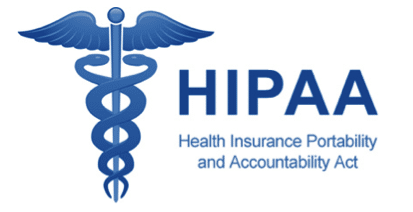1 min read

A compliance plan is a roadmap for healthcare organizations to navigate regulations while being ethical. By understanding laws, setting policies, and reviewing the plan regularly, healthcare providers can protect their reputation and ensure patient safety.
Understand the compliance landscape
The healthcare industry is governed by various laws, regulations, and industry standards that protect patients' rights, ensure privacy and data security, prevent fraud and abuse, and promote fair billing practices. Familiarizing oneself with these legal frameworks sets the foundation for developing a compliance strategy.
Identify applicable laws and regulations
To create a compliant environment, you must identify specific laws and regulations for your organization. One such federal statute is the Health Insurance Portability and Accountability Act (HIPAA), which sets standards for protecting sensitive patient health information. You can tailor your compliance plan by understanding which rules pertain to your operations.
Establish policies and procedures
An effective compliance plan involves establishing clear policies and procedures that reflect industry best practices. These policies should cover patient privacy and confidentiality, accurate documentation practices, proper coding and billing protocols, conflict of interest management, compliance training requirements, and incident reporting mechanisms.
Train and educate staff
Regular education and training sessions should enhance employees' knowledge about relevant laws and regulations and the organization's policies and procedures. These sessions can take various forms, including in-person workshops, online courses, or newsletters highlighting compliance updates.
Monitor and audit compliance
Monitoring and auditing mechanisms help identify risks and deviations. Regular audits, internal or external, assess adherence to standards, providing insights into areas for improvement. This helps organizations proactively address compliance gaps.
Report incidents and take corrective action
Establishing clear reporting channels encourages employees to report suspected compliance violations confidentially without fear of retribution. Developing a mechanism for thoroughly investigating reported incidents and swiftly implementing corrective actions when non-compliant behavior is identified is important. This demonstrates a commitment to upholding integrity while protecting patients' interests.
Periodic plan review
The regulatory landscape is dynamic, with laws and regulations often changing. Regularly reviewing and updating your compliance plan is necessary to ensure continued compliance. Organizations should assign responsibility for overseeing this process to designated individuals or committees who stay abreast of regulatory updates and modify policies accordingly.
Go deeper:
See also: HIPAA Compliant Email: The Definitive Guide
FAQs
What is a compliance plan?
The compliance plan defines standards, describes the methods for monitoring standards, and identifies corrective action processes.
How do you write a compliance plan?
- Create and implement written policies, procedures, and standards of conduct
- Establish program oversight
- Provide staff education and training
- Establish two-way communication at all levels
- Set up a mechanism for monitoring and auditing
- Maintain steady discipline
What is a compliance checklist?
Compliance audit checklists help businesses comply with regulations and avoid risks. These reviews ensure adherence to legal and industry standards, promoting seamless operations and avoiding legal complications.
Subscribe to Paubox Weekly
Every Friday we'll bring you the most important news from Paubox. Our aim is to make you smarter, faster.



